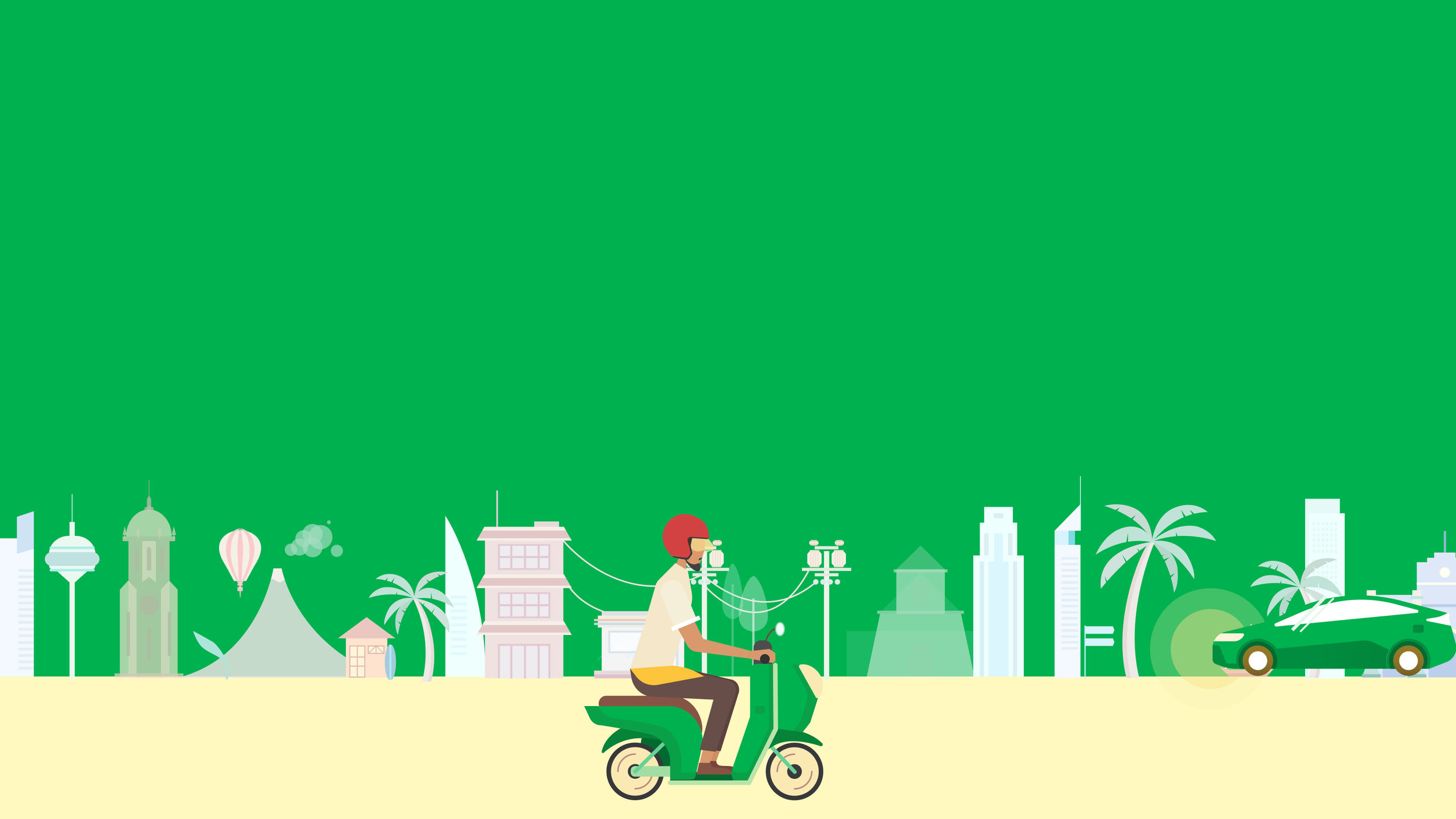
GrabRental Battery Cabinets
About Grab
Grab is Southeast Asia's leading superapp. It provides everyday services like Deliveries, Mobility, Financial Services, and More.
200+ million users across Southeast Asia
5 million+ registered drivers
Brief
This is a business-to-business case where I designed multi-platform solutions—including the driver’s app, operator’s app, cabinet screen, and internal management website—to improve Grab’s efficiency in electric vehicle rentals for drivers. My focus was on enhancing both driver and operator experiences while supporting sustainable urban mobility in Southeast Asia. Given challenges like low-end devices and harsh working conditions, inclusive design was essential in making our products accessible. While I can’t share strategic details due to a non-disclosure agreement, I’ll showcase how we built a Battery Network to reduce mileage anxiety and improve operations.
Through the collective efforts of our team and stakeholders:Results & Achievements
Vehicle usage increased by 70%.
Operations staff saved at least one hour per day.
The redesigned charging cabinet experience improved user efficiency by 10%.
I worked with the product manager to shape business strategy and collaborated local operations teams in Indonesia to study user workflows. I led the digital product design across six device platforms and worked with hardware designers to improve IoT connectivity and user experience. My responsibilities included user research, prototyping, visual design, Lottie animations, and user testing.
“Design is not just what it looks like and feels like. Design is how it works.”
— Steve Jobs
Designed and animated by me in After Effects
Background
After the the pandemic, The business model translates from B2C (Business to Consumer) to B2D (Business to Driver ).
GrabWheels is going to deploy more battery cabinets and build a battery cabinet interation.
Design Process
The Double Diamond Model provides a structured framework for problem-solving through divergent (exploring) and convergent (focusing) thinking. This project followed the four stages of the Double Diamond—Discover, Define, Develop, and Deliver—to ensure a user-centered and efficient design process.
How might we redesign the entire service and user experience across multiple devices to enhance efficiency?
By combining quantitative data analysis with qualitative user interviews, we uncovered the following issues.
Drivers have range anxiety to look for shelter or battery cabinet when their battery is low
Grab needs efficient digital management systems for batteries and electric vehicles to save labor costs
Battery cabinets of the third part are unfriendly and inefficient for GrabWheels’ Driver, OPs team, and PDA/Tech team to use their tools for operation and analysis
The digital product of the third part did not conform to grab's brand characteristics and design system
Ideations
Driver can use DAX App to find the battery cabinets and swap batteries with the cabinets
DAX: GrabWheels driver
DAX App: Grab’s driver App, which is used to take orders, ignite or lock electric vehicles, and also planned to be used to swap batteries with cabinets.
OPs team can use Field App to manage the battery cabinets’ status and DAX’s access
OPs: GrabWheels’ local operation team.
Field App: GrabWheels’ operator App, which is used to manage the vehicle status, and also planned to be used to manage the cabinets.
OPs and Tech team can have a portal/dashboard(Jarvis) to monitor and analyze the battery cabinets’ performance.
OPs: GrabWheels’ local operation team.
Jarvis: GrabWheel’s backend management system is used to monitor vehicle status and is also planned for cabinet management.
User flow
Design the User interface For DAX (Driver )
Design the User interface For Ops(Operator)

















